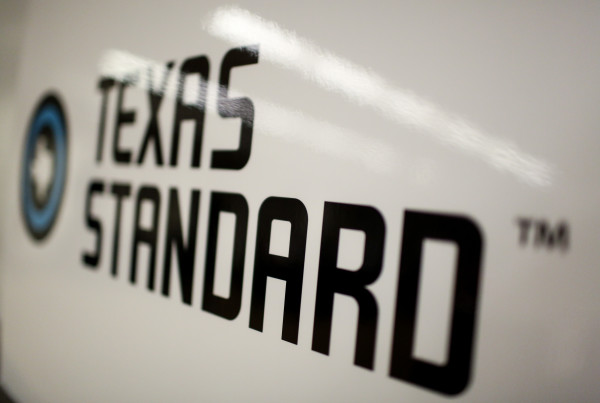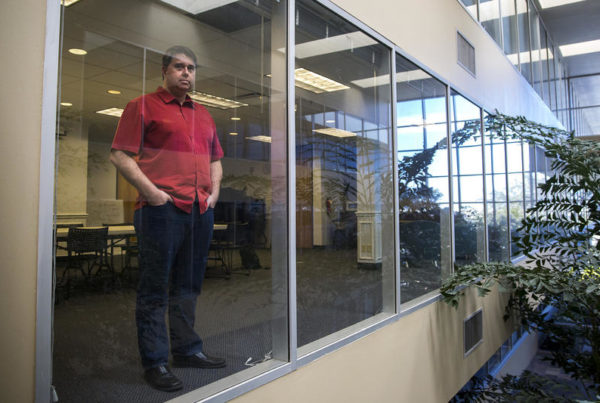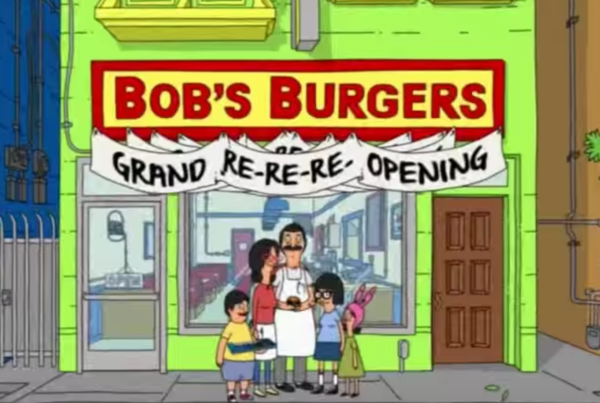From Texas Public Radio:
A hot shower turned into a life-changing event for 70-year-old Marty Wender. The San Antonio developer either passed out or hit his head. His wife found him unconscious with burns over 20 percent of his body.
“When EMS showed up, they thought I was dead,” Wender said. “It was across my chest. The biggest burn was on my back and on my right arm and my two hands.”
Wender is a civilian. But it was military care that probably saved his life. He spent 90 days in intensive care at the Burn Center at San Antonio Military Medical Center.
The first sense you have when you walk onto the fourth floor burn unit is how unusually warm it is, as hot as 102 degrees. That’s because burn patients can’t regulate their own body temperature well, one of many factors that make treating these patients tricky.
“We see a lot of gruesome stuff,” explained physical therapist Melissa Boddington. “So that’s the hardest part.”
The mission of the Burn Center is to treat members of the military for fire, explosion, chemical or radiation burns. But the lion’s share of the patients are civilians burned through car accidents, house fires, cooking mishaps and oil industry injuries, the mission remains to be ready to treat members of the military. Treating civilian patients keeps the military healthcare team sharp.
“We keep encountering new and different types of patients so that if and when the next conflict occurs, we’ll be ready to help our servicemen and women,” Boddington stated.
The Institute of Surgical Research Burn Center opened at Fort Sam Houston after World War Two with 12 employees. The staff has grown to 750. A flight crew can now transport military patients here from anywhere in the world in less than 72 hours. During the Iraq and Afghanistan conflicts, more than a thousand burned soldiers, Marines and airmen were flown here for state-of-the-art treatment.
That treatment includes everything from multiple surgeries like skin grafting and amputations to months of inpatient rehabilitation.
Patients have included dignitaries like Texas Governor Greg Abbott. He was rushed here in 2016 after a hot water accident scalded his feet and had skin grafting to heal his wounds.
The attention to detail is evident. Each day, twice a day, a huddle of experts from doctors and nurses to respiratory therapists and pharmacists go over each patient’s progress.
Ramon Leal, 76, was burned while working on his truck. He still doesn’t know exactly what happened. “I don’t know,” he said. “Something exploded.”
After four months of inpatient treatment for burns over 40 percent of his body, Leal continues to come to the Burn Center for therapy. He came close to death on several occasions.
“I keep telling the doctor here ‘thank you for bringing me back,'” Leal said.
Therapist Pattie McGlinchey explained keeping burn victims stretched and mobile is the hardest part of recovery. “The biggest challenge is the skin,” she said. “As the skin burns, it contracts when it’s healing. It just makes everything so tight.”
The psychological healing takes time, too, as patients learn how to dress, groom, basically how to do everything again after these life-altering wounds.
“You have to adjust to your new body,” McGlinchey pointed out. “Going through that episode of almost dying. And realizing that you have a second chance in life.”
McGlinchey helped Wender rehabilitate. She said his positive attitude was a factor in his recovery. “He never gave up,” she recalled. “He pushed himself daily.”
“You have to want to live,” Wender emphasized. “They saved my life.”
Wender lost two fingers. He continues to wear compression bandages and does physical therapy at home. He says he feels lucky to live in a city with one of the biggest burn centers in the country, one that’s available to civilians in 22 South Texas counties as well as military members deployed all over the world.
“This is a huge, huge asset for San Antonio,” he commented.
One person with burns over 97 percent of his body was treated here and survived. That’s an outcome that would have been unimaginable just a few short years ago.















